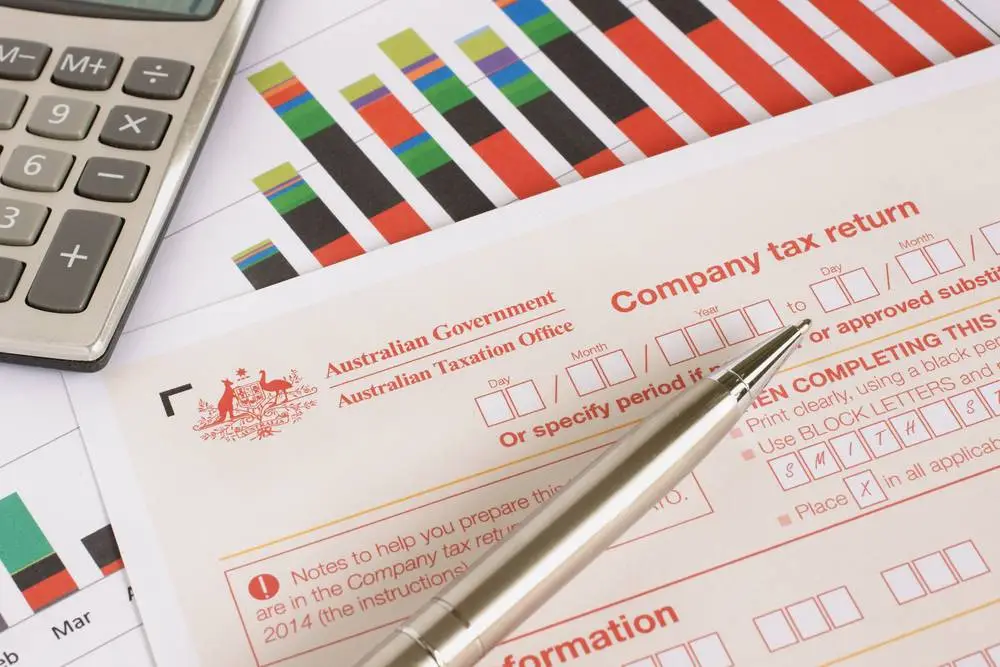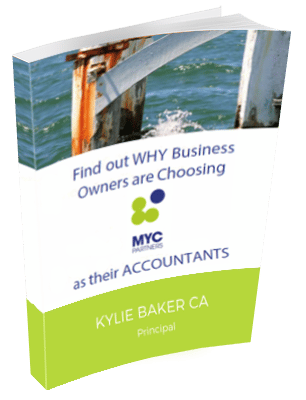
As the saying goes, death and taxes are the only two certainties in life.
For business owners and entrepreneurs, Australian business taxes are an unavoidable reality that must be fully understood and accounted for.
Staying compliant with your tax obligations is essential to maintaining good relations with the Australian Taxation Office (ATO) and avoiding penalties.
This guide covers the key tax considerations for different Australian business structures, helping business owners like you understand the tax system.
Grasping the Australian business taxes relevant to your situation from the outset can make all the difference. The following overview explains the tax rates and responsibilities associated with operating as a sole trader, company or trust.
Types of Business Structures and Associated Taxes
1. Sole Trader
When you start as a sole trader, your business’s tax obligations are tied directly to your personal income tax.
As a sole trader, you’re taxed at your individual marginal tax rate, meaning the more you earn, the higher the tax rate applied to your income. This setup simplifies tax management, as the income from your business is included on your personal tax return along with any other income you might have, such as from investments.
However, it’s important to note that if your business revenue exceeds $75,000 for the year, you must also register for and remit the Goods and Services Tax (GST).
GST is a 10% broad-based tax applied to most goods and services sold in Australia for consumption.
As a business owner, you are responsible for collecting GST from your customers and reporting/paying it to the ATO through a Business Activity Statement (BAS), typically either monthly, quarterly or annually.
Being aware of this threshold can help you plan your business finances effectively.
2. Company
When operating as a company, your business is considered a separate legal entity and, therefore, has its own tax liabilities.
Companies in Australia are subject to a flat rate of tax, which is 25% for those engaged in trading activities and 30% for those holding investments. This distinction emphasises the role of a company as either a hands-on business operation or a passive income generator.
Additionally, if your company has employees, you have to withhold Pay As You Go (PAYG) taxes from their wages and salaries. You’ll remit these withheld PAYG amounts to the ATO, typically reporting and paying them either monthly or quarterly through the Business Activity Statement (BAS).
Like sole traders with over $75,000 in revenue, you’ll usually need to register your company for GST as well. So, you’ll be responsible for collecting 10% GST from your customers on goods and services and then reporting and paying that GST amount to the ATO periodically through a BAS.
3. Partnerships
A partnership is not treated as a separate tax entity. While the partnership does not pay taxes on profits, it must distribute profits (or losses) to the partners, who then include them in their personal tax returns.
Each partner reports their share of the partnership income or loss on their personal tax return and pays tax on it at their own individual marginal rates.
The partnership income is allocated based on the agreed partnership split—typically an equal 50/50 split if there are just two partners or divided proportionally if there are more.
Among the benefits of a partnership structure is that the business income can be split between multiple partners. Instead of taxing one person on their entire income, you can take advantage of each partner’s tax-free threshold before higher marginal rates kick in.
However, partners need to be mindful of their collective obligations, especially in terms of GST. Like sole traders and companies, partnerships that exceed the $75,000 turnover threshold must register for GST. Similarly to other business structures, they must manage GST collections and payments through Business Activity Statements.
As the partnership profit is not taxed itself first, this avoids the double taxation that can occur with a company structure where the company pays tax first. Then, individual shareholders are taxed again on distributions.
4. Trusts
If you operate your business through a trust structure, the trust itself does not pay income tax. However, trusts cannot retain profits – they must distribute all income to the beneficiaries annually.
As the trustee, you’ll need to determine which beneficiaries are ‘presently entitled’ to receive a distribution of the trust’s income for that tax year. This distribution gets paid out to the beneficiaries, who are then taxed on it at their own individual rates if they are individuals or at the company tax rate if the beneficiary is a company.
It’s important to properly distribute all of the trust’s income to beneficiaries each year. If no beneficiary is presently entitled, the trust will be taxed at the highest marginal rate on retained income.
5. Self-Managed Super Funds
If an individual chooses to set up a self-managed super fund (SMSF) to invest their retirement savings, they will have to lodge an annual tax return and prepare financials for that super fund.
The super fund pays tax at a 15% rate, unless the members are in what’s called the pension phase when they retire.
Once the members receive pensions from the fund, the superfund won’t pay any tax on its income. In the pension phase, all income earned by the self-managed super fund is tax-free.
Conclusion: Australian Business Tax
A thorough understanding of the various tax obligations associated with Australian business structures is highly recommended.
Keeping up with all tax compliance requirements can seem complicated, but with professional guidance, you can effectively meet all tax compliance requirements while also optimising your financial outcomes.
The information in this guide is intended as a general overview, but every business situation is unique. Therefore, consulting with a tax professional can provide tailored advice and strategies suited to your specific circumstances.
If you are uncertain about your obligations or simply want to ensure you are maximising potential benefits, I strongly encourage you to schedule a consultation with MYC Partners. Don’t hesitate to get in touch so we can develop a customised approach for your business.






